Six British dragonflies to spot in Britain this summer
Fizzing over water like a fairy aeroplane, the swooping and hovering bejewelled dragonfly is one of the insect success stories of the 21st century — and, as a rule, it won’t bite you, says Jack Watkins.
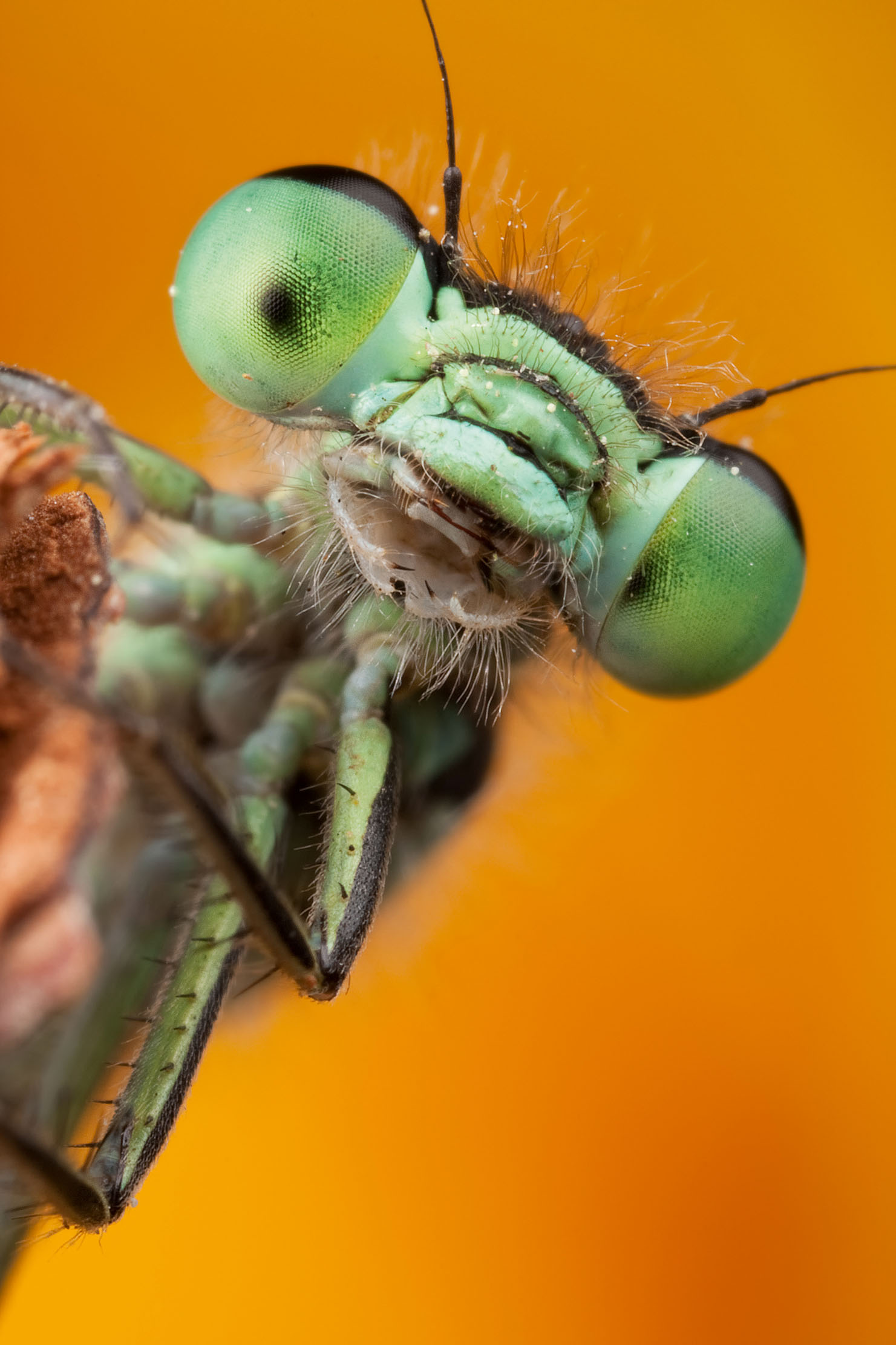

Blue-tailed damselfly
Visits all ponds. In flight May–August.
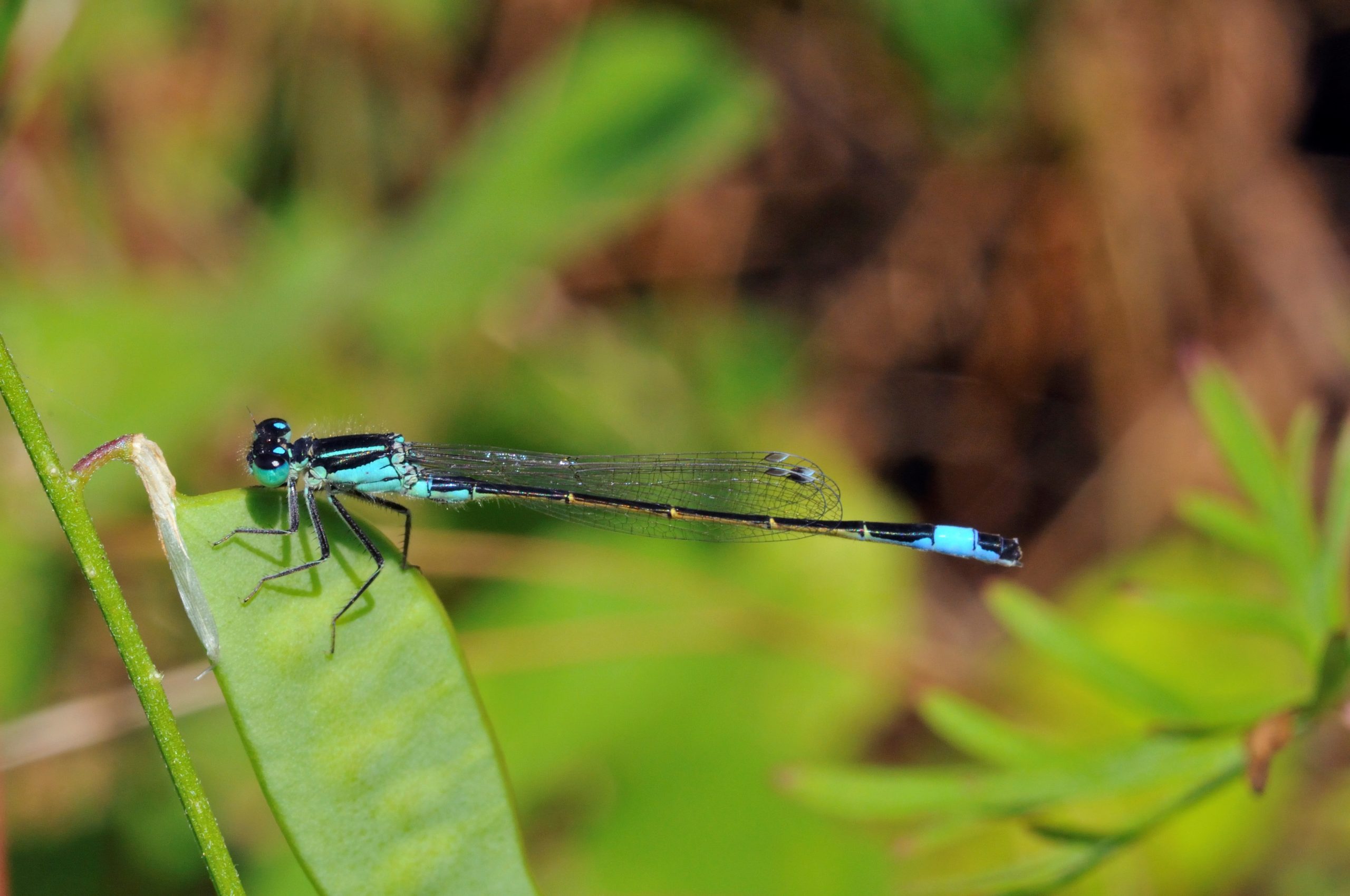
Common darter
Hardy species. In flight July–October and sometimes even later.

Southern hawker
Wood lover, but this friendly, inquisitive dragonfly also visits small ponds. In flight July–September.
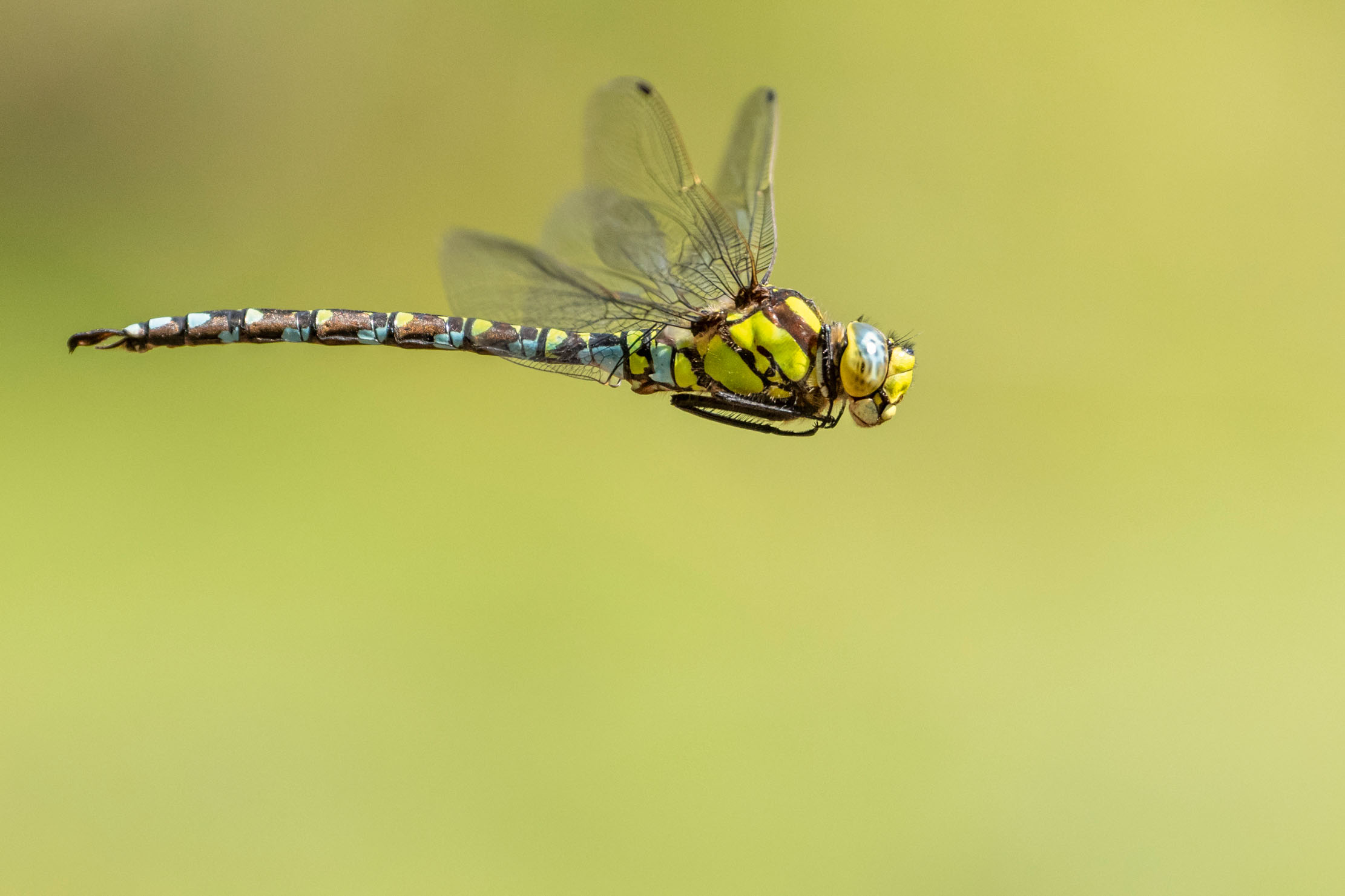
Emperor dragonfly
Prefers large ponds with plenty of vegetation, but will visit smaller ones. In flight June–August.
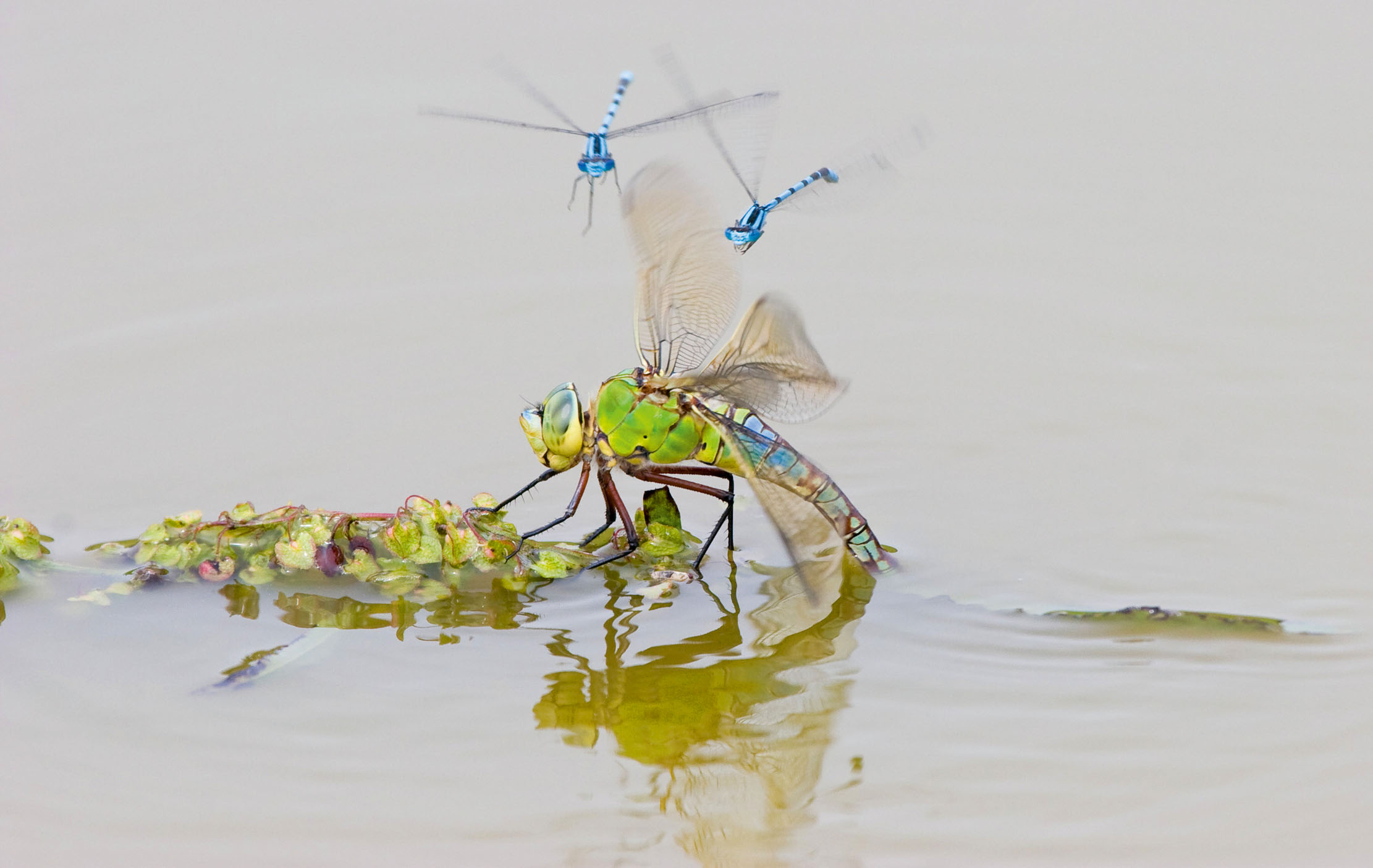
Large red damselfly
Common in gardens, where it likes to perch on pond vegetation. In flight April–August.
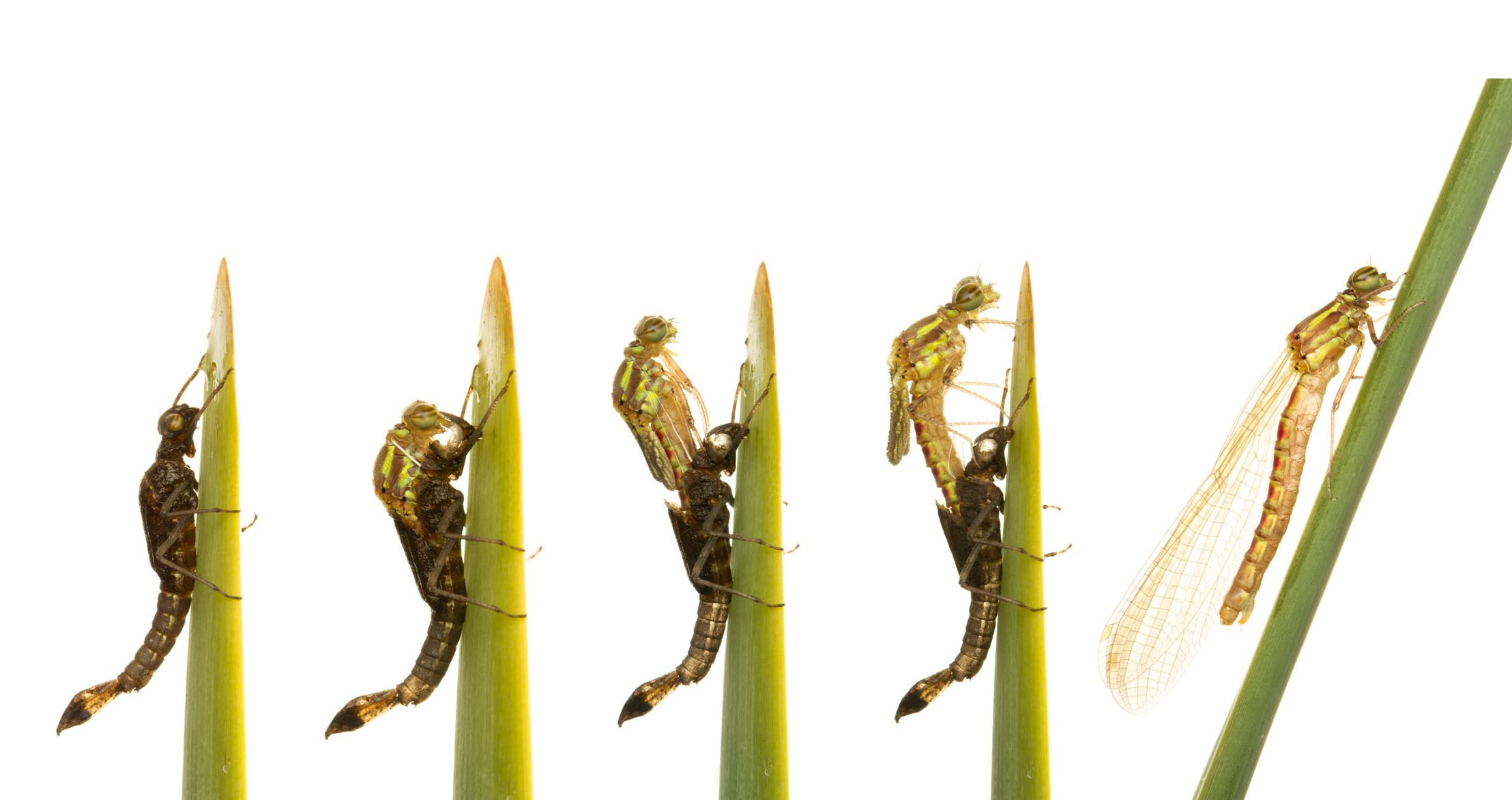
Broad-bodied chaser
Enjoys small, sunny ponds and often returns to a favoured perch. In flight June–July.
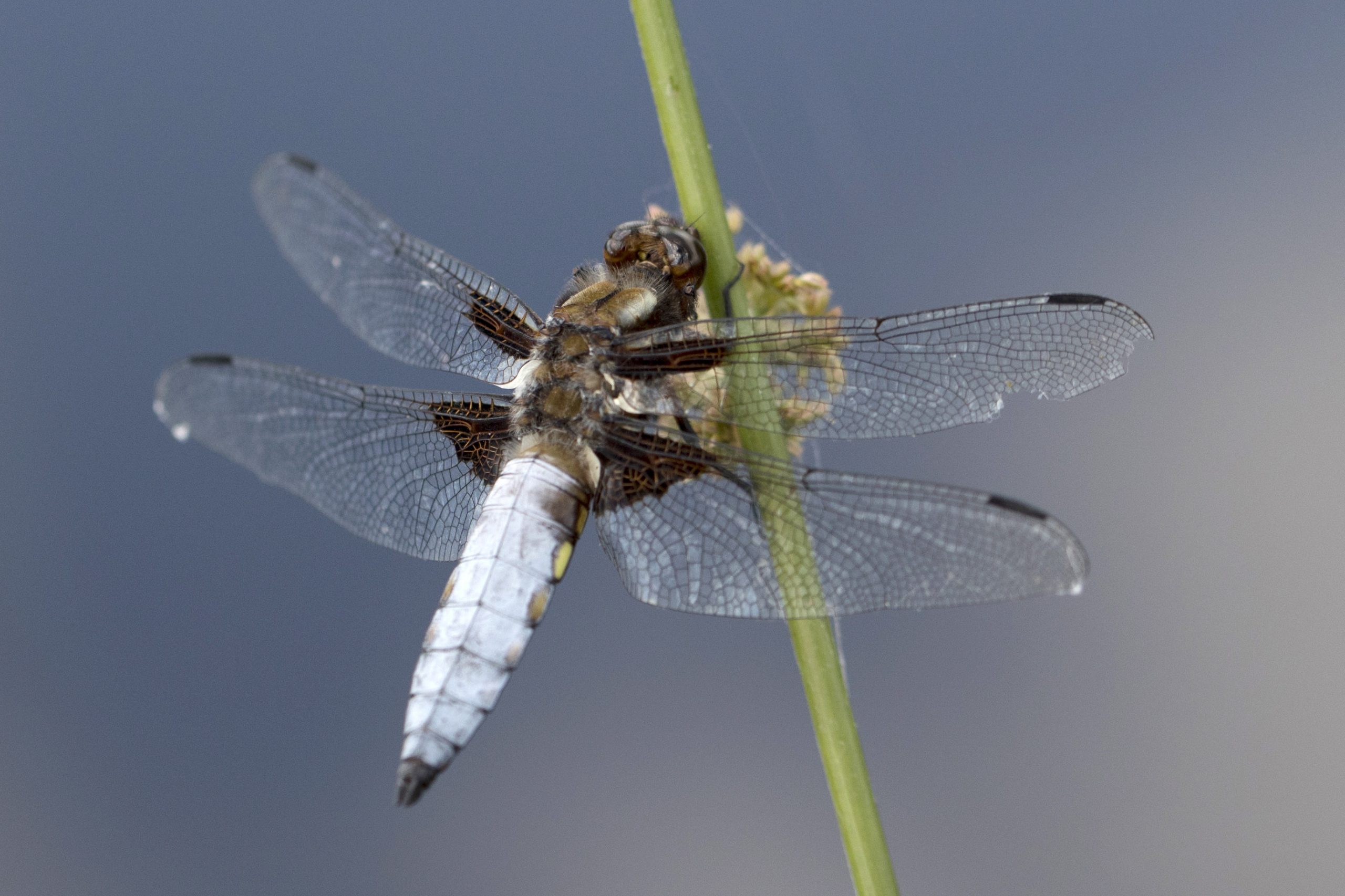
The older we get, the more vivid past events become. A stand-out memory of mine from childhood is of wandering into the playground one sunny lunchtime to find an animated cluster of mates by the brick wall that separated the boys’ schoolyard from the gardens of the houses beyond. A dragonfly was trapped in the tight wire mesh topping the wall. The wounded creature, possibly in its final moments, was twitching faintly, but, to young eyes, its long, fat body presented an intimidating spectacle. ‘There’s nothing we can do. It could bite you if you tried to free it,’ was the general sentiment. The school bell rang and we departed to our classroom, leaving the poor creature to perish alone.
Sign up for the Country Life Newsletter
Exquisite houses, the beauty of Nature, and how to get the most from your life, straight to your inbox.
Dragonflies are generally harmless. They don’t sting, despite the reference in Samuel Johnson’s Dictionary to them as ‘a stinging fly’, and, as a rule, they don’t bite either. They certainly won’t deliberately attack you. So perhaps we could have saved our winged schoolyard visitor after all (although the soundest advice is that, if you see a dragonfly with damaged wings, it is probably best simply to leave it alone). This is the moment where grown ups recollecting wildlife encounters in youth round off the anecdote with an ‘of course, you’d never see a creature like that in an urban playground today’ — but, in this instance, that would be wrong.
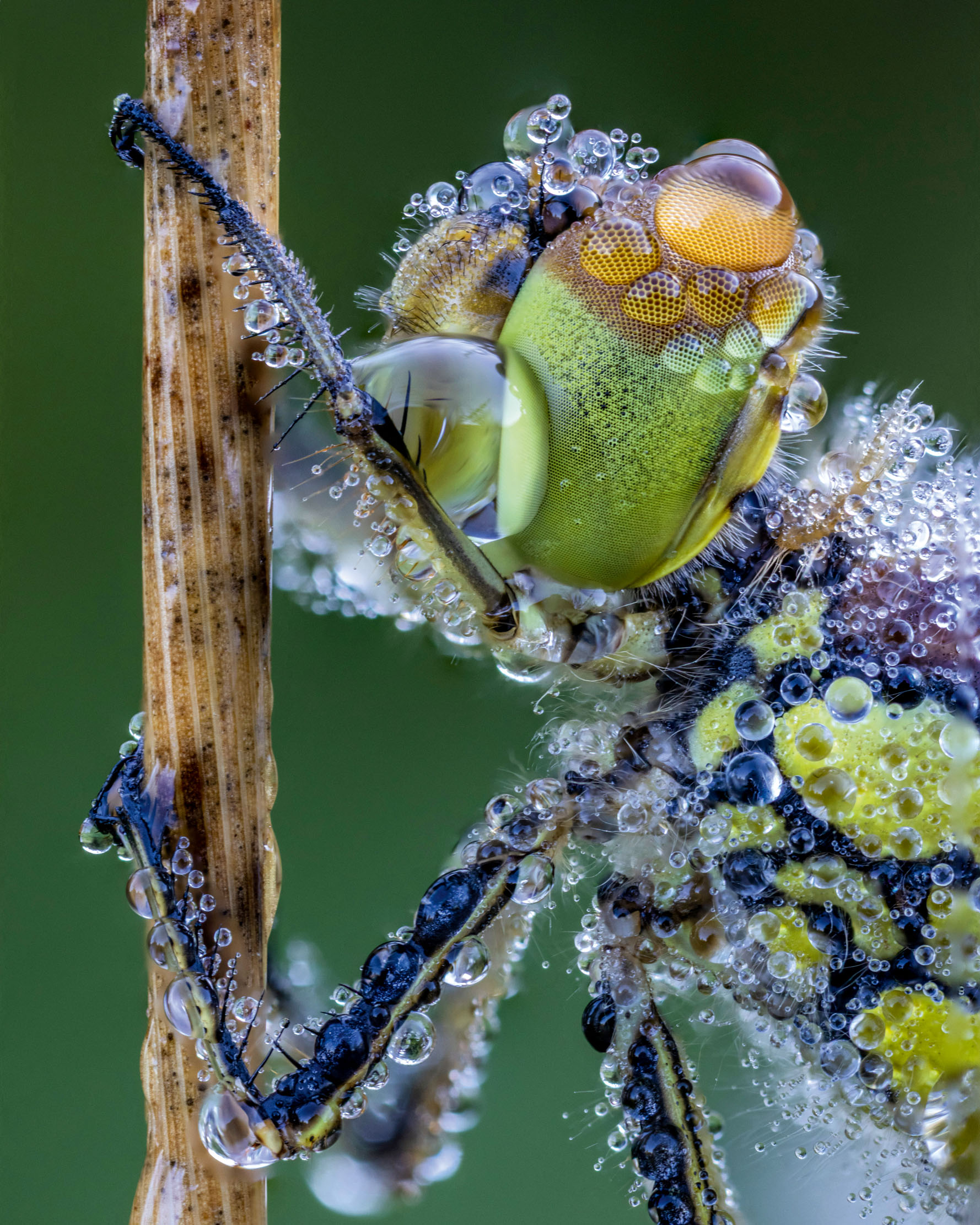
Notwithstanding the Nature-depleted state of the age, dragonflies are one of the success stories of the 21st century and could very well turn up almost anywhere, although their natural habitat is near water. Their enjoyment of moist, warm conditions means they are benefitting from the UK’s rising temperatures. Global warming may have implications that aren’t for the best, but given that these are among the most striking and spectacularly colourful of insects, this is surely something to celebrate.
The insect order Odonata, comprising dragonflies and damselflies (usually smaller, with thinner bodies), is among the most powerful and fast-flying in the world, the quickest capable of reaching speeds in excess of 30mph. The perfectly named globe skimmer dragonfly (seldom seen in Europe) holds the record for the longest known migration flight of any insect. Its round trip of 11,000 miles from India to East Africa entails crossing the Indian Ocean, the world’s third largest. Fossilised discoveries have shown that primitive ‘giant’ dragonflies with wingspans of 2ft existed in the Carboniferous period, more than 300 million years ago. Today, there are more than 6,000 species of dragonfly around the world, with about 50, a mixture of long resident and more recent arrivals, found in Britain.
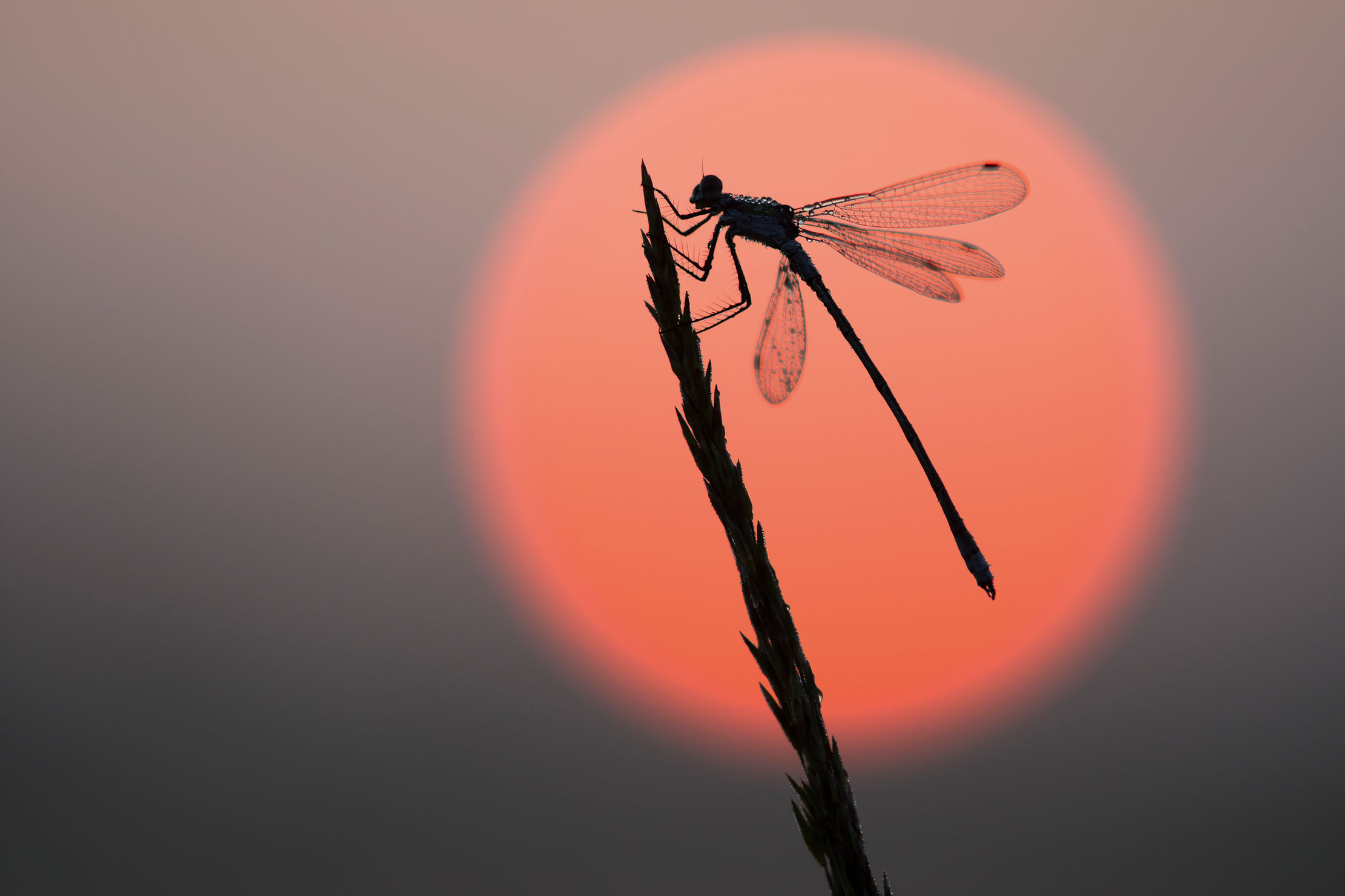
A glance at a list of those you are most likely to see reveals exquisitely named creatures such as the emperor dragonfly, southern hawker, emerald damselfly, common darter, four-spotted chaser, black-tailed skimmer and ruddy darter. Yet a century ago, dragonflies were the domain of a small group of experts and were only referred to by their scientific names. Things changed after Cynthia Longfield’s pioneering study The Dragonflies of the British Isles was published in 1937, the first book on the subject for nearly 40 years.
Longfield’s expressed aim was to ‘supply information of a not too technical character and in a small compass, on this neglected group of insects’. She assigned each species described a popular name in the hope that, should they be accepted, ‘dragonflies will arouse more interest than they do at present’. The entomological skills of Longfield had been honed on intrepid expeditions to Africa, South America, South-East Asia and the South Seas. She became the first female member of the Entomological Society of London and, having brought back many specimens from her travels, became responsible for cataloguing the Natural History Museum’s huge dragonfly collection. As the primary authority on her subject, she was dubbed Madame Dragonfly.
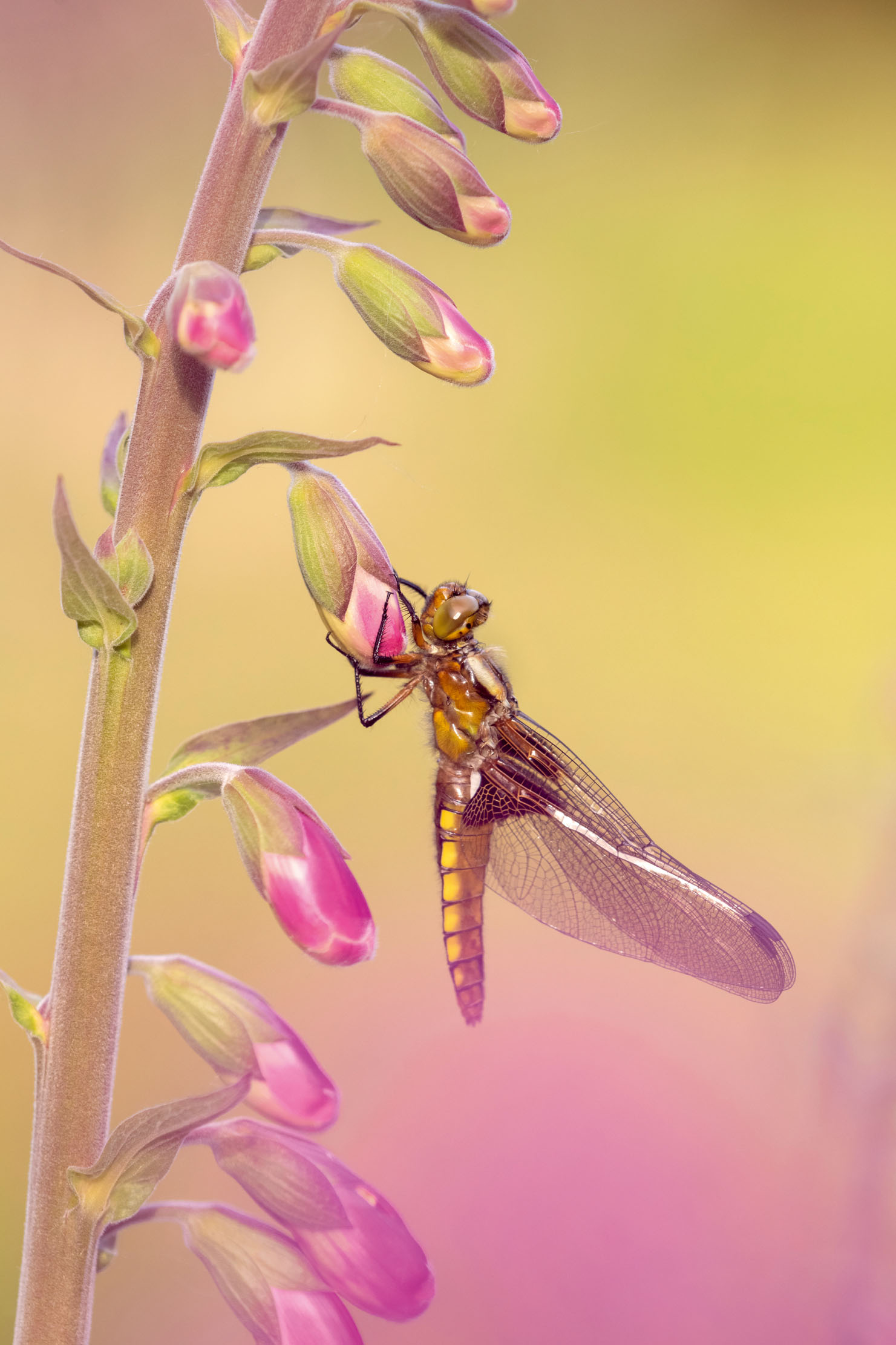
By the time of Longfield’s death, at the age of 94 in 1991, the mapping of the distribution of dragonflies in Britain and Ireland had been carried out for several years and a British Dragonfly Society (BDS) had been formed by a group of fellow odonatologists and enthusiasts in 1983. Today, membership of the society tops 1,700, suggesting its aim, not only to carry out and support research into dragonflies and aid conservation efforts, but also to engage the public, has been successful.
In recent years, to help get the message out, a series of Dragonfly Hotspot sites, at Craven Arms in the Shropshire Hills, Stover Country Park in Devon, Rodley Nature Reserve in West Yorkshire and on Thursley Common, Surrey, as well as at 10 locations in Scotland, have been established. Each July, Dragonfly Week encourages the celebration of these insects through local events, which are publicised on the society’s website.
It isn’t difficult to engage with the lifestyle of dragonflies. Fierce predators of smaller insects such as midges, mosquitoes and flies, their exceptional eyesight (they have enormous eyes) and aerial agility (they can hover mid-air like helicopters and swoop to grab prey with their feet) enable them to hone in on a single vulnerable insect in a swarm. Dragonfly larvae can live in the water for up to five years, yet the lives of adult dragonflies and damselflies can be as short as a few weeks and, at best, less than six months. This is partly because they themselves are preyed upon by spiders and birds, as well as fish and other insects. They also depend upon the warmth of the sun and generally don’t survive the first frosts of autumn or winter, although the hardy common darter can be seen still flying in November and even December in a mild year.
Prime dragonfly territories include wet heaths, marshes, rivers and fens. You can also encourage them into your garden with a pond — the larger the better — where they can breed and lay their eggs. The pond needs to be in a sunny area, have a range of aquatic vegetation and perhaps a couple of submerged logs (some dragonflies drop their eggs straight into water, but others carefully bury them into aquatic plant stems or niches in the logs). The common darter, classed as one of the red species of dragonfly, is frequently encountered in gardens, where it can be seen resting and sunning itself on a path or bare soil. The slender-bodied large red damselfly, one of the earliest species to emerge, often seen on the wing in April, also visits gardens, preferring to soak up early-season warmth by basking on leaves.
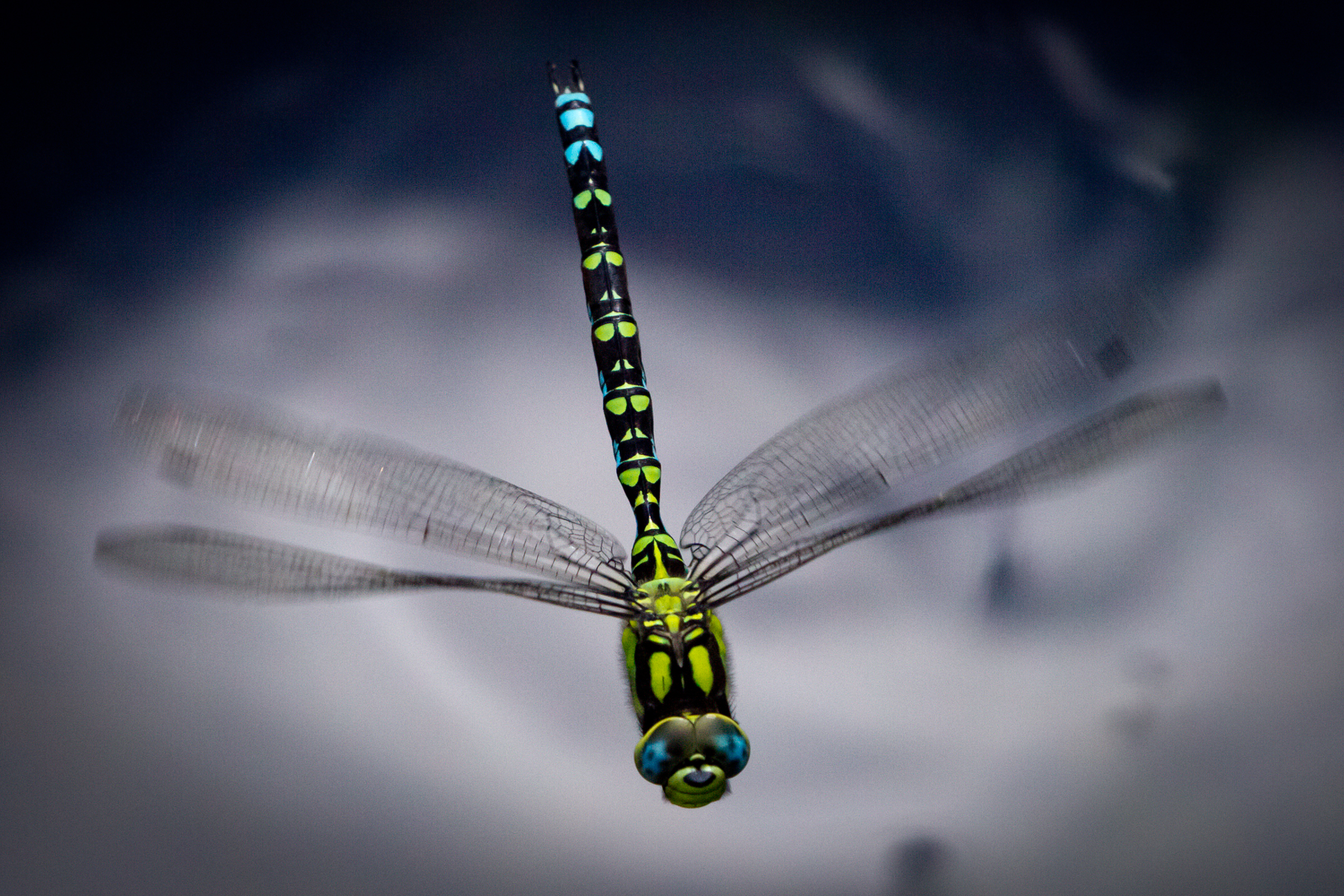
Emerging slightly later are the chaser dragonflies, such as the broad-bodied chaser, in shades of powder blue, and the golden-brown four-spotted chaser. The blue dragonflies, which arrive later in the year with the onset of warmer weather, are particularly striking and include the common blue damselfly, the azure damselfly and the blue-tailed damselfly. The grandly named emperor dragonfly, the biggest of the British dragonflies at 2in–3in, is at large in the summer months and the southern hawker, blue and green with a large head like some Second World War bomber aircraft, flies in late summer and autumn.
In general, sun-loving dragonflies, fizzing above the water like fairy aeroplanes, are an adornment of the summer scene. Inevitably, however, some of the more site-specific species are on the back foot. The small but distinctive white-faced darter is now classed as rare, thanks to the destruction of the lowland peat bogs in which it breeds. A reintroduction project in the Delamere Forest, Cheshire, involving the Cheshire Wildlife Trust and Forestry England with the support of the BDS, has involved reinstating areas of wetland, successfully bringing about the return of a small breeding population. Meanwhile, another rare species, the Norfolk hawker, generally thought to be confined to the slow-flowing dykes and ditches of Norfolk and Cambridgeshire, has been spotted away from its usual strongholds in Dorset, Yorkshire and Sussex.
There’s little doubt that climate change is driving the spread and movement of many dragonflies northwards. The southern hawker was once confined to only a few sites in Scotland, but is now found as far up as Aberdeenshire. The population of the willow emerald damselfly, from southern and central Europe, which was first recorded in substantial numbers in this country as recently as 2009, has exploded. It has extended its range across the South-East of England to the extent that the BDS now has a Willow Emerald Watch programme to monitor the rapidity of its spread.
Exciting as this is, too much heat will cause many watery habitats to dry out, which will be bad news for many of the less versatile species. However, for the moment, the 21st century is a good time to be a dragonfly.
The British Dragonfly Society’s Dragonfly-Watch tracks changes in dragonfly species, their distribution and abundance, as well as identifying species in decline that may need help. For details of this and Dragonfly Week, visit www.british-dragonflies.org.uk
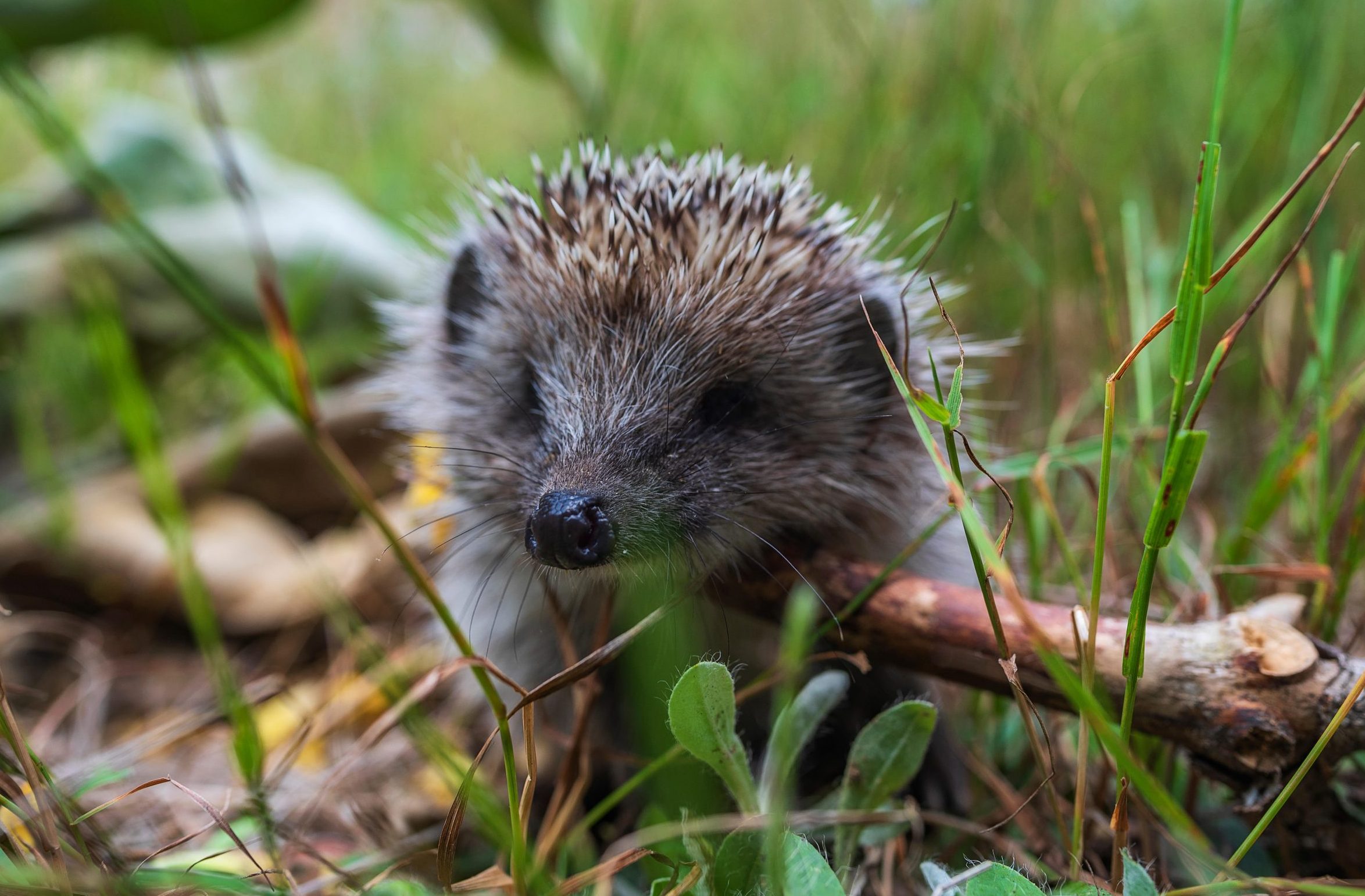
How to re-wild your garden, from ponds and trees to attracting butterflies and hedgehogs
Joel Aston — one half of the 'butterfly brothers', along with his sibling Jim — explains how rewilding gardens to attract
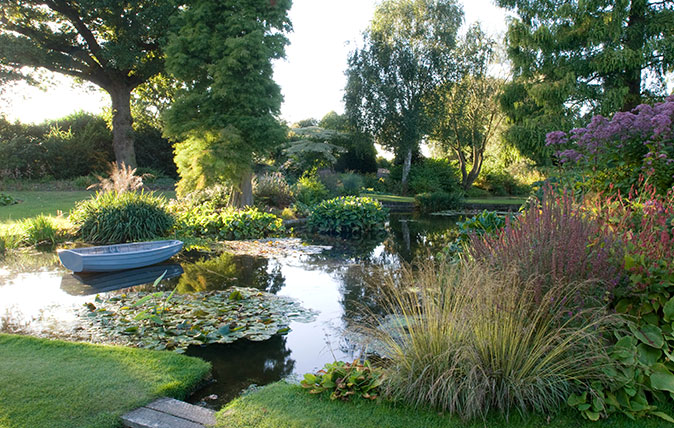
Alan Titchmarsh: How to keep a perfect pond
Alan Titchmarsh says that now is the time to clear out the weeds and keep your pond in top condition
Somerset born, Sussex raised, with a view of the South Downs from his bedroom window, Jack's first freelance article was on the ailing West Pier for The Telegraph. It's been downhill ever since. Never seen without the Racing Post (print version, thank you), he's written for The Independent and The Guardian, as well as for the farming press. He's also your man if you need a line on Bill Haley, vintage rock and soul, ghosts or Lost London.
-
 Seven of the UK’s best Arts and Crafts buildings — and you can stay in all of them
Seven of the UK’s best Arts and Crafts buildings — and you can stay in all of themThe Arts and Crafts movement was an international design trend with roots in the UK — and lots of buildings built and decorated in the style have since been turned into hotels.
By Ben West
-
 A Grecian masterpiece that might be one of the nation's finest homes comes up for sale in Kent
A Grecian masterpiece that might be one of the nation's finest homes comes up for sale in KentGrade I-listed Holwood House sits in 40 acres of private parkland just 15 miles from central London. It is spectacular.
By Penny Churchill